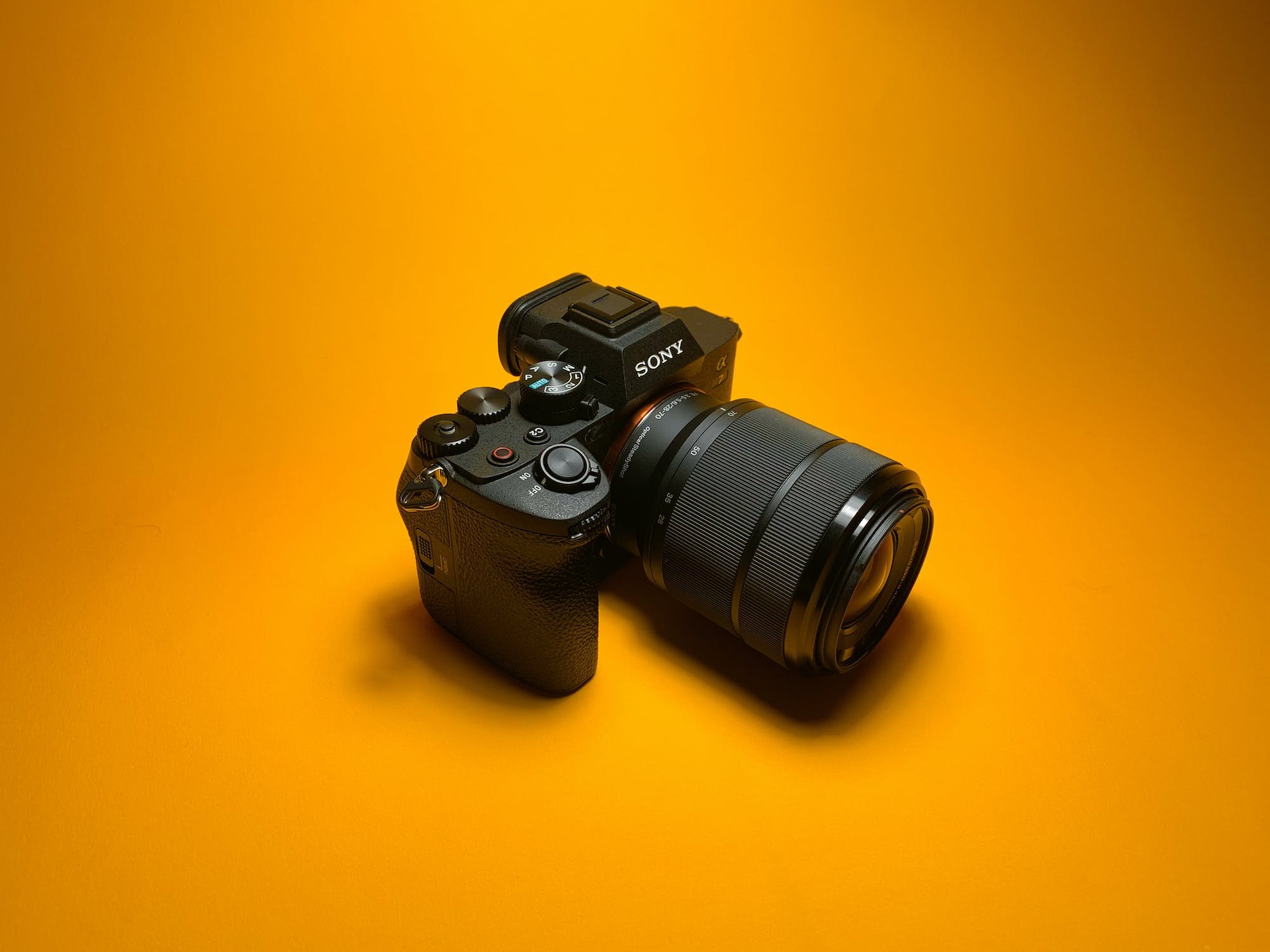History of Sony: Innovations and Influence in Photography
Sony, a name synonymous with innovation and quality, has made a significant impact on the world of photography as a leading camera brand. Known for their cutting-edge technology and exceptional performance, Sony cameras have become a popular choice among photographers of all levels, from beginners to professionals.
Let’s take a look at milestones and breakthroughs that have defined Sony's journey as a camera brand and its lasting influence on the world of photography.
Early History and Diversification (1946-1980s)
Founded in 1946 by Masaru Ibuka and Akio Morita, Sony initially began as a small electronics shop in Tokyo, Japan. Over the years, the company expanded its product offerings, growing into a global powerhouse in the electronics industry. From transistor radios and televisions to audio equipment and gaming consoles, Sony's diversification into various electronic markets laid the foundation for its future ventures, including cameras.
As Sony ventured into the camera market, it drew on its vast expertise in electronics to develop innovative and technologically advanced cameras. The company's foray into the photography world began in earnest in the 1980s, as it recognized the potential of digital technology to revolutionize the industry. This forward-thinking approach positioned Sony as a major player in the camera market, paving the way for its future success and influence on the world of photography.
Pioneering Digital Photography (1980s-1990s)
During the 1980s, Sony began to explore the realm of digital photography, recognizing the potential impact of this emerging technology on the industry. In 1981, Sony introduced the Mavica, an early digital camera that stored images on magnetic disks. Though not a true digital camera by today's standards, the Mavica marked a significant step towards the digital revolution in photography, showcasing Sony's commitment to innovation and progress in the field.
The original Mavica utilized analog video stored on a spinning magnetic disk. Analog sensor, analog signal processing, analog recording. Mavica is short for "Magnetic Video Camera." It is not a prototype digital camera, it is a television camera recording to disk instead of tape. Nikon called the same idea "SVC" for Still Video Camera. (Editor’s Note: This paragraph was added thanks to the insightful comment by David Bangley.)
The 1990s saw further advancements in digital photography, with Sony leading the charge. In 1996, the company released the Sony DSC-F1, its first consumer digital camera. Compact and user-friendly, the DSC-F1 allowed photographers to capture and store images digitally, making it easier to share and edit photos. This milestone marked the beginning of Sony's journey as a driving force in the digital photography landscape, setting the stage for the company's future contributions to the evolution of cameras and photographic technology.
Expanding into DSLR and Mirrorless Cameras (2000s-2010s)
In the 2000s, Sony continued to make strides in the camera industry, expanding its presence in both DSLR and mirrorless markets. In 2006, the company acquired Konica Minolta's camera division, a strategic move that allowed Sony to leverage Konica Minolta's expertise in camera and lens technology. This acquisition marked a new era for Sony in the world of professional photography.
Later that year, Sony launched the Alpha DSLR series, its first line of digital single-lens reflex cameras. The Alpha series, which combined Sony's advanced digital imaging technology with Konica Minolta's expertise in lenses and camera mechanics, quickly gained a reputation for excellent performance and image quality. The success of the Alpha series solidified Sony's position as a major player in the DSLR market.
Sony continued to push the boundaries of photography with the introduction of the NEX mirrorless series in 2010. These compact cameras offered the image quality and performance of a DSLR in a smaller, more portable form factor. The NEX series was well-received by photographers, further cementing Sony's reputation as an innovator in the camera industry.
In 2013, Sony made a significant breakthrough with the launch of the Alpha a7 series, the world's first full-frame mirrorless cameras. The a7 series combined the benefits of a mirrorless system, such as a compact design and faster autofocus, with the high image quality and performance of a full-frame sensor. The introduction of the a7 series marked a new chapter for Sony and the photography industry as a whole, as it set a new standard for mirrorless cameras and challenged the dominance of traditional DSLRs.
Technological Innovations and Industry Impact (2010s-Present)
In recent years, Sony has continued to push the envelope with technological innovations that have significantly impacted the photography industry. One area where the company has made great strides is in advanced autofocus systems, incorporating features such as real-time eye tracking and lightning-fast autofocus speeds. These advancements have allowed photographers to capture moments with greater accuracy and ease, revolutionizing the way they approach their craft.
Another area where Sony has made a considerable impact is in sensor technology. The company's expertise in developing high-resolution sensors has led to the creation of cameras with exceptional image quality and low-light performance. Moreover, Sony's cameras have become known for their impressive video capabilities, offering features such as 4K and even 8K video recording, which have attracted not only photographers but also filmmakers and content creators.
Cameras such as the Sony Alpha a1, which combines high-resolution imaging with fast burst shooting speeds, and the Sony Alpha a7S III, a low-light and video powerhouse, have further solidified Sony's position as a leader in the industry. These groundbreaking products demonstrate the company's unwavering commitment to innovation and its determination to shape the future of photography.
It is clear that Sony has played a pivotal role in shaping the photography industry. From its early days venturing into digital technology to its more recent breakthroughs in mirrorless cameras and advanced imaging systems, Sony has consistently pushed the boundaries of what is possible in photography.




